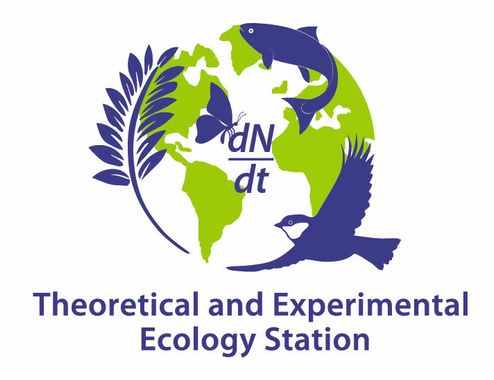
 The general objective of the CONAQUAT project is to develop a transferable tool for operational use by state services, consulting firms, and public and private developers. This tool aims to quantify and spatialize biodiversity losses and gains associated with the impacts of development projects and plans on aquatic environments (rivers, lagoons, and coastal estuaries).
The general objective of the CONAQUAT project is to develop a transferable tool for operational use by state services, consulting firms, and public and private developers. This tool aims to quantify and spatialize biodiversity losses and gains associated with the impacts of development projects and plans on aquatic environments (rivers, lagoons, and coastal estuaries).

Since 2016, the application of the Avoid-Reduce-Compensate (ARC) sequence has significantly strengthened in France with the introduction of the Biodiversity and Landscapes Recovery Law to continue with the goal of achieving no net loss of biodiversity. To comply with this law, the biodiversity impacts of a development project must be assessed, and the project should be designed to avoid impacts whenever possible, followed by efforts to reduce impact. Any remaining impacts, known as residual impacts, are to be compensated, meaning that the biodiversity unit destroyed or altered on one site is "recreated" on another site or network of sites. However, this logical sequence of steps, which is well integrated into environmental studies, suffers from a lack of integrated and consensual tools.
In particular, for aquatic environments, despite the existence of methodologies for calculating ecological impacts and gains (such as MERCIe, MERCI-Cor, or MitiMed in France), there is a lack of tools to integrate expert opinions. Additionally, the tools currently used in applying the ARC sequence exhibit significant shortcomings in predictive and (spatially) extrapolative capacities for these gains and losses.
The CONAQUAT project aims to address these gaps and provide tools that can be incorporated into existing methodologies to facilitate calculations of ecological losses and gains in aquatic environments. The outcome of this project will be a reproducible, objective, and reliable decision-support tool, backed by a strong scientific foundation, while remaining operational for any actor in the ARC sequence: local authorities, state services, developers, or consulting firms. To achieve this goal, three work packages have been established, focused on employing innovative approaches and cutting-edge techniques for analyzing aquatic biodiversity:
- development of a simulation tool specifically for aquatic environments.
- development of a tool for indicating ecological continuity based on landscape genetics approaches.
- innovative use of environmental DNA for protected species or local heritage species and/or bio-indicators.
The development of these tools aligns with the national effort to rationalize costs associated with implementing compensatory measures in both their deployment and processing.
General Methodology
TerrOïko is involved in the first work package, adapting existing ecological modeling tools for aquatic environments, building on the work already initiated in the MetAqua project. The use of SimOïko in the CONAQUAT project allows for the quantitative evaluation of gains and losses in biological connectivity, abundance, and genetic diversity in ecosystems such as rivers, lagoons, and coastal estuaries. This tool is particularly integrated into the implementation of the MERCIe method for large-scale projects with significant environmental stakes, while also being applicable in other analytical methodologies (ad hoc approaches, MitiMed, etc.).
This project also presents an important opportunity to connect various methodologies, particularly landscape genetics approaches with modeling practices using SimOïko.

Identity card
- Call for Research : Research and Society(s)
- Funding : Occitanie Region, TerrOïko
- Co-Project Leads : SETE-CNRS – CEFE-CNRS -TerrOïko
- Contacts : Sylvain Moulherat (TerrOïko), Simon Blanchet (SETE-CNRS), Sylvain Pioch (CEFE-CNRS)
- Project Duration : 36 months (2018-2021)
- Total Project Cost : €640 k
- Grant Amount : €290 k
Ressources CONAQUAT
- January 16, 2020: Official kickoff meeting for the project, attended by representatives from the Occitanie Region and the General Commission for Sustainable Development.